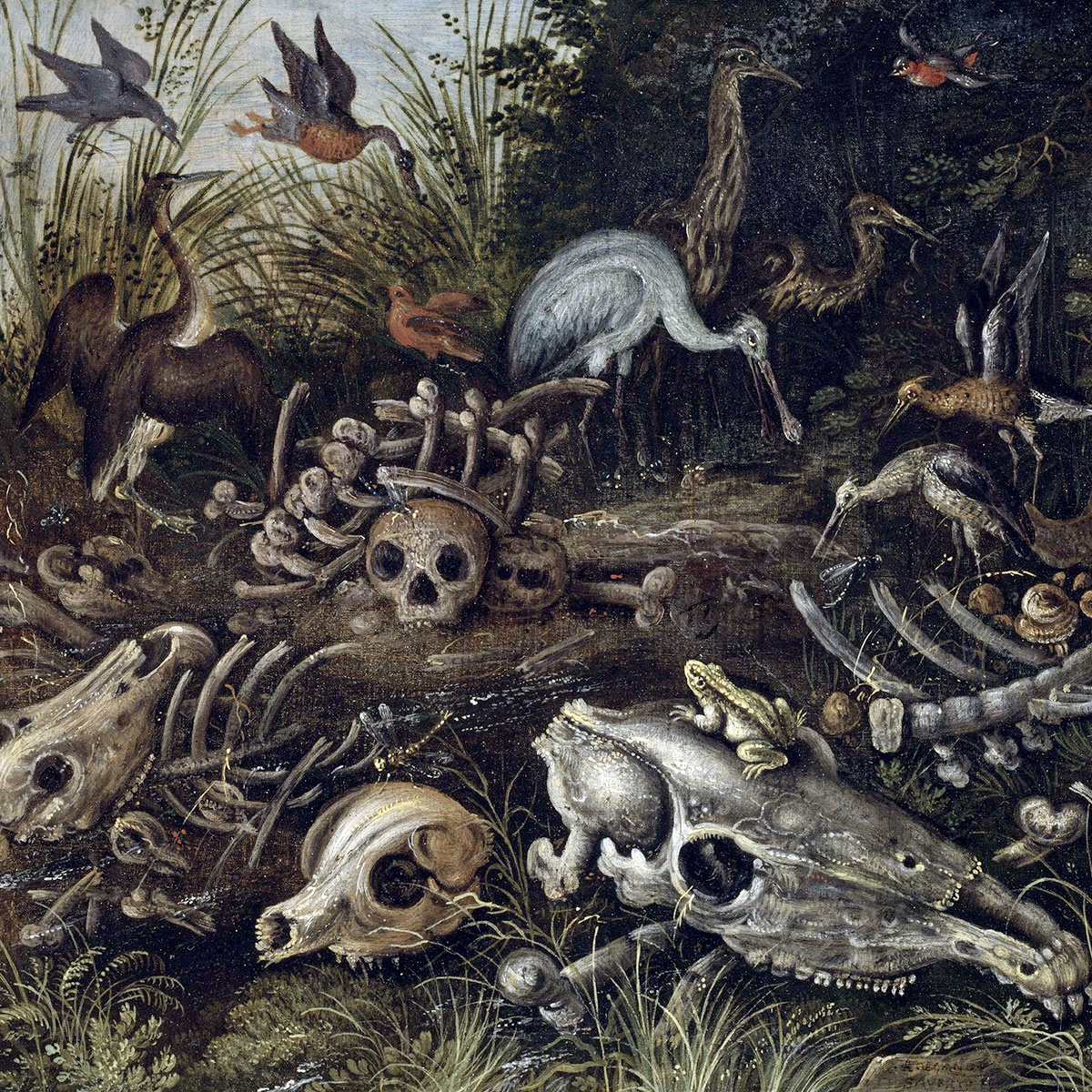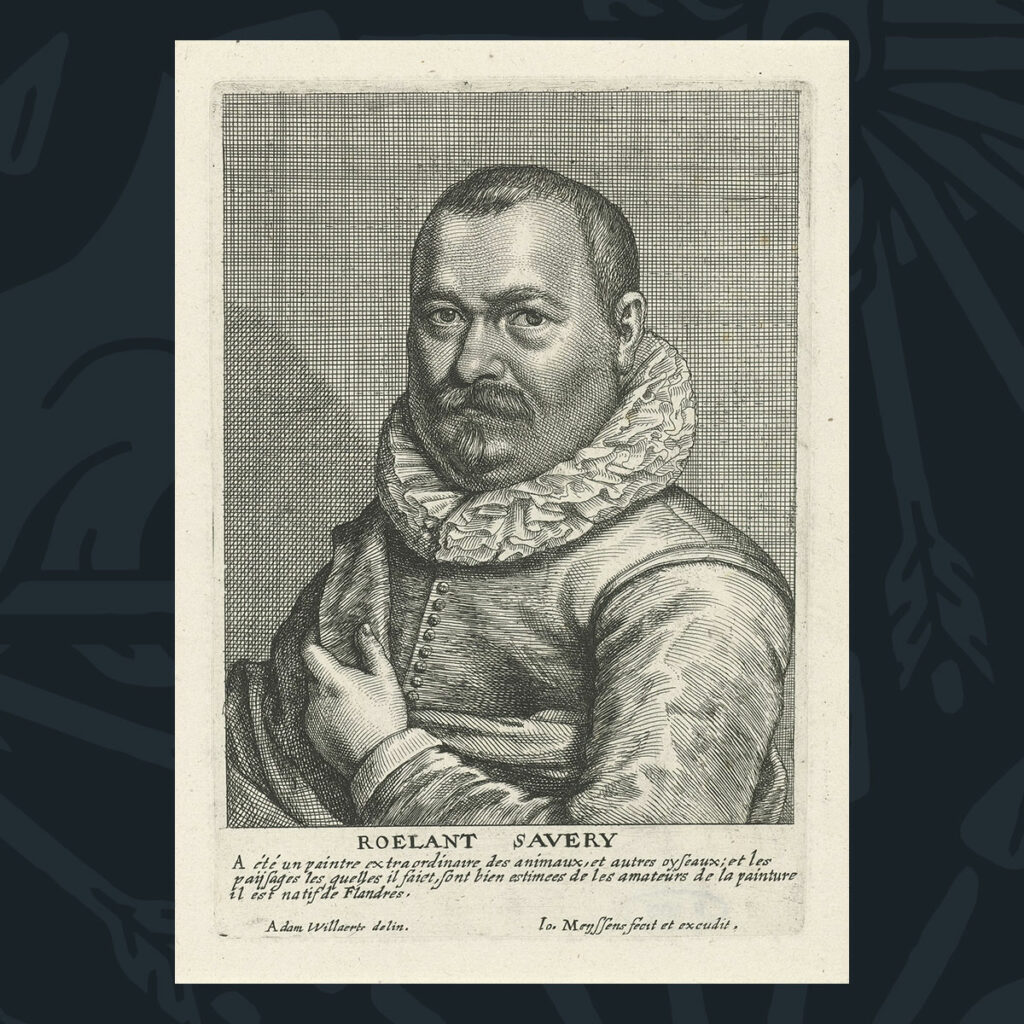
Roelant Savery and His Memento Mori
Off to a funeral today.
Memento Mori
Remember that you, too, will die.
🙏 Like and follow Rebels or Beggars on Instagram, Facebook, and online!
☙ facebook.com/rebelsorbeggars
☙ instagram.com/rebelsorbeggars
☙ rebelsorbeggars.com
Born in 1576, Roelant Savery emerged as a prominent figure in the Dutch Golden Age, renowned for his vibrant landscapes and imaginative renderings of nature. His artistic journey commenced under his brother’s guidance, leading him to Prague and later Amsterdam, where his work blossomed.

The Essence of Memento Mori in Art
Memento mori, a prevalent theme in Renaissance and Baroque art, serves as a reminder of mortality and life’s impermanence. Artists incorporated subtle symbols to provoke contemplation on the transient nature of existence.
Savery’s Representation of Memento Mori
Savery’s paintings exude natural beauty, yet within them lies a subtle reminder of life’s fleeting nature. Amidst lush landscapes, he strategically placed decaying or wilting elements, symbolizing the cycle of life and death.
Merge of Nature and Allegory
In “Orpheus Charming the Animals,” Savery intertwines lively scenes with symbols of transience. Decaying elements amidst abundance subtly echo the memento mori theme. “Paradise with Birds” similarly depicts the fleetingness of life amid vibrant avian splendor.
Legacy and Influence
Savery’s legacy persists through his innovative approach to art, blending botanical precision with profound themes. His use of memento mori mirrors the broader sentiments prevalent in Renaissance and Baroque art, inviting contemplation on life, death, and the quest for meaning.
Conclusion
Roelant Savery’s art transcends representation, offering a delicate balance between nature’s beauty and life’s transient nature. His vivid landscapes hide deeper allegorical messages, urging viewers to ponder existence’s fleetingness—a timeless reflection within his paintings’ allure.
In the grand tapestry of art history, Savery’s work stands as a testament to the era’s fascination with life, death, and the passage of time. Through masterful strokes, he leaves a legacy that continues to captivate, reminding us to reflect on our transient existence.
